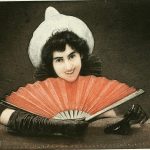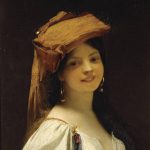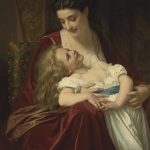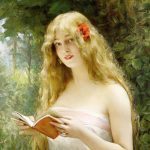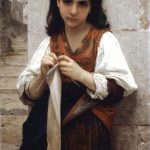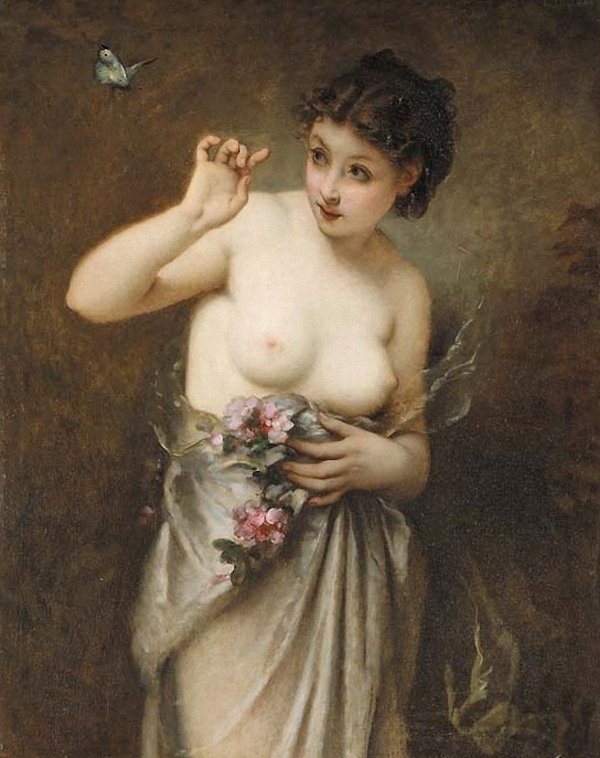
Guillaume Seignac (1870–1924) was a French academic painter known for his idealized and meticulously executed depictions of classical and mythological themes. He was part of the academic tradition and followed in the footsteps of the 19th-century French academic painters. Seignac’s work is characterized by its technical skill, attention to detail, and a preference for classical subjects, often featuring beautiful and graceful figures.
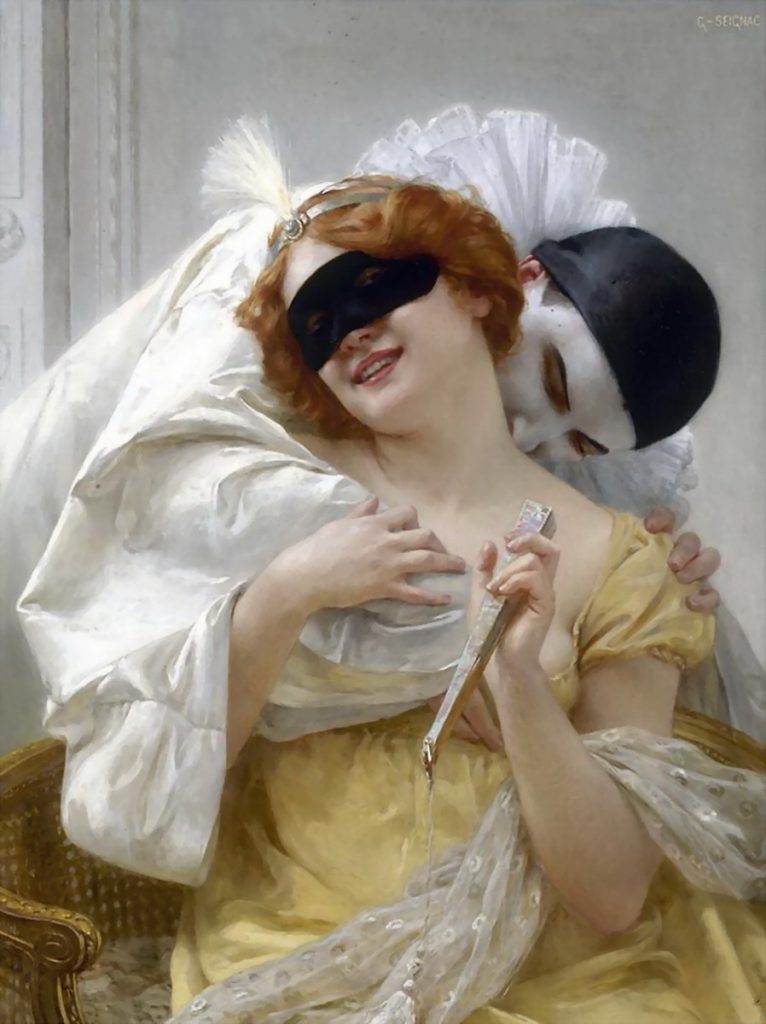
- Early Life and Education: Guillaume Seignac was born on February 9, 1870, in Rennes, France. He studied at the École des Beaux-Arts in Paris, which was a prestigious institution known for its rigorous academic training.
- Academic Style: Seignac embraced the academic style, which emphasized classical techniques and subjects. This style was rooted in the classical traditions of painting, focusing on idealized forms and often drawing inspiration from mythology, history, and literature.
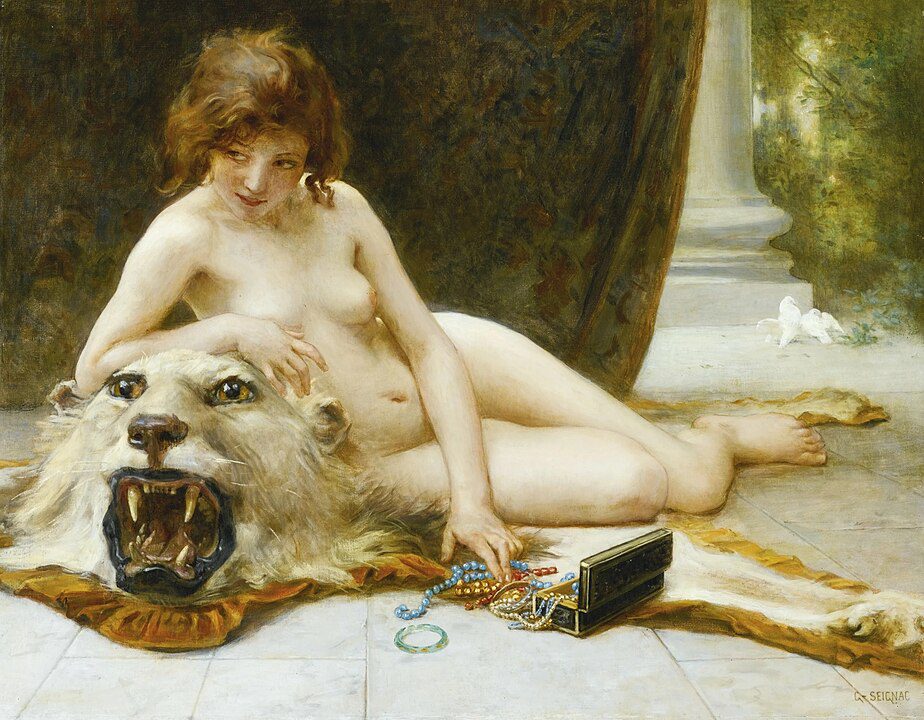
- Mythological and Allegorical Subjects: Seignac was particularly known for his paintings depicting mythological and allegorical themes. His works often featured graceful female figures in various mythological or historical contexts. These paintings were characterized by a sense of harmony and beauty.
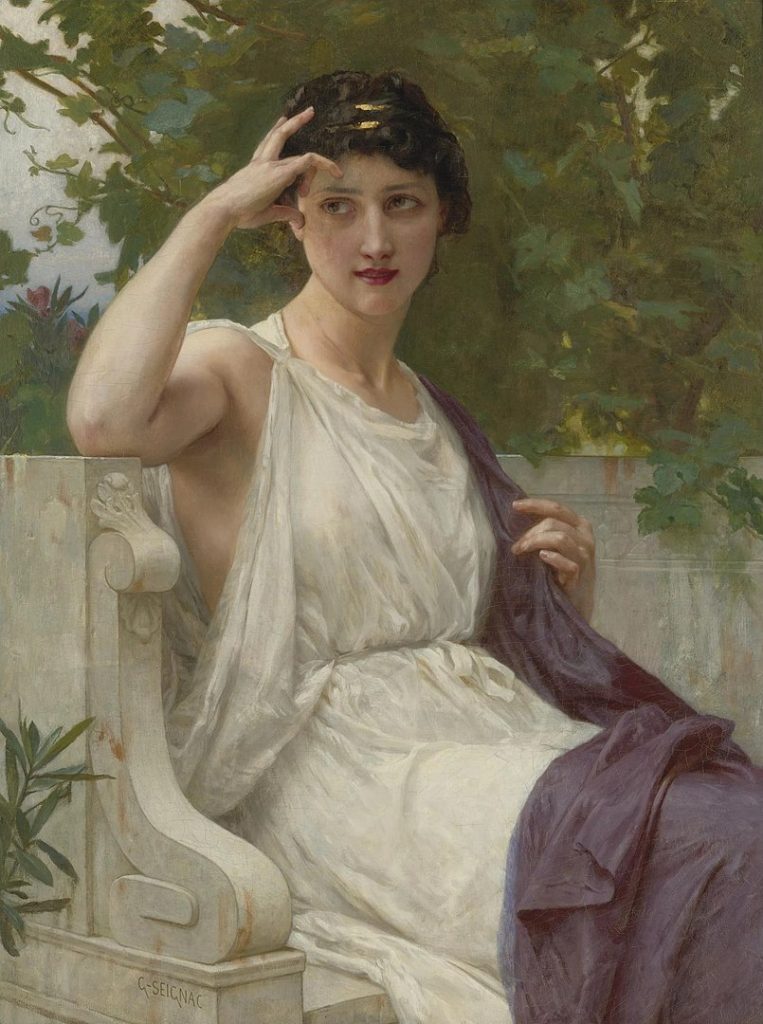
- Exhibitions and Recognition: Seignac exhibited his works at the Paris Salon, an important annual art exhibition in France, where he gained recognition for his technical skill and adherence to traditional academic principles.
- Favorable Reception: During his lifetime, Seignac’s paintings were well-received by both critics and the public. His ability to capture the beauty of the human form and his skillful rendering of fabrics and textures contributed to his success.
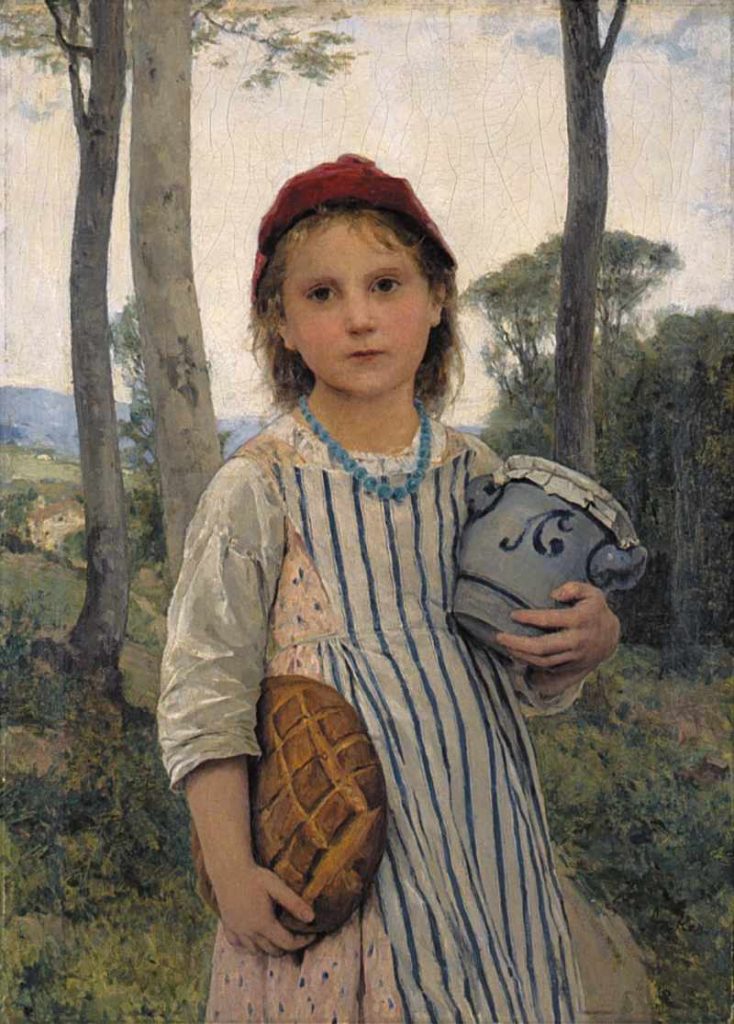
- Later Years: Guillaume Seignac continued to paint and exhibit his works throughout his career. While his paintings were associated with the academic tradition, he lived during a time when avant-garde movements, such as Impressionism and Post-Impressionism, were gaining popularity.
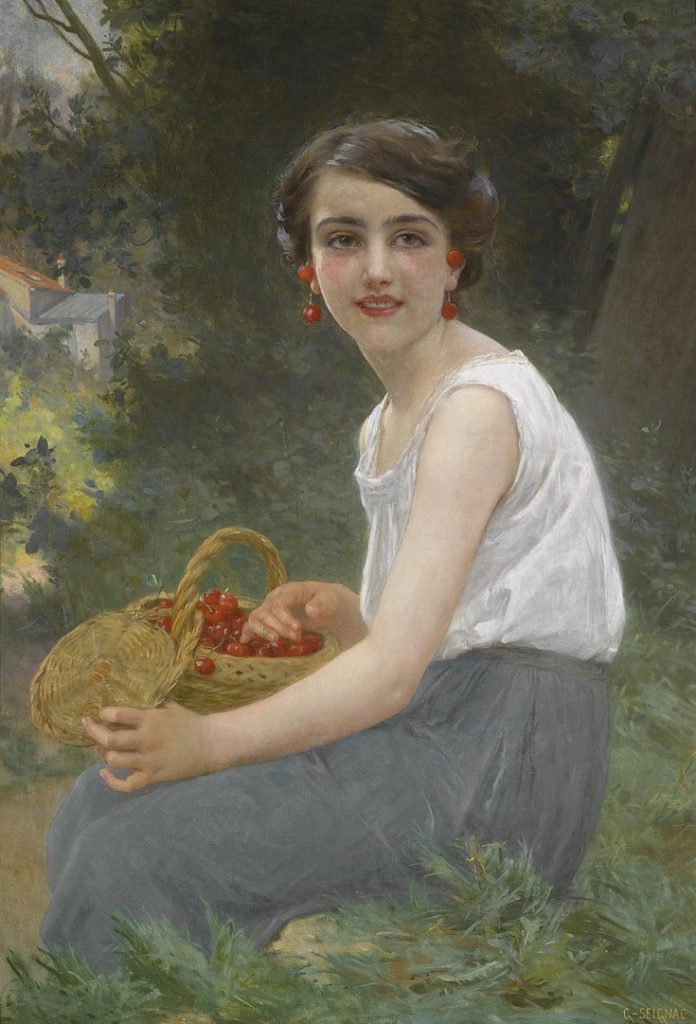
- Legacy: Seignac’s legacy lies in his contribution to the academic tradition during a period when modernist movements were challenging established norms in the art world. While academic painting fell out of favor in the 20th century, Seignac’s works are still appreciated for their technical skill and the beauty of their classical and mythological subjects.
- Death: Guillaume Seignac passed away on February 20, 1924, in Paris, France.
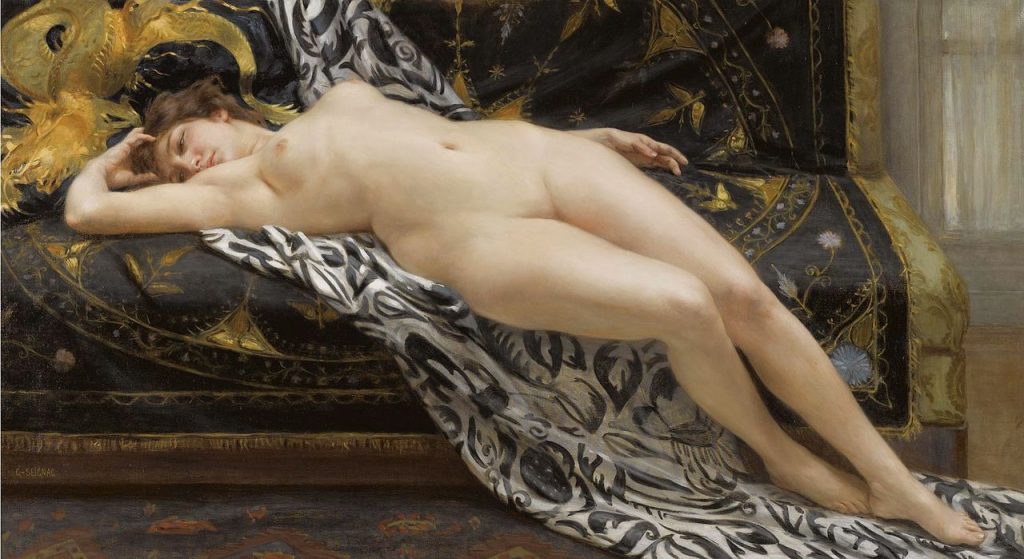
Guillaume Seignac’s paintings continue to be admired for their beauty and technical prowess. While his work reflects the academic style of his time, it also stands as a testament to the enduring appeal of classical and mythological themes in art.

